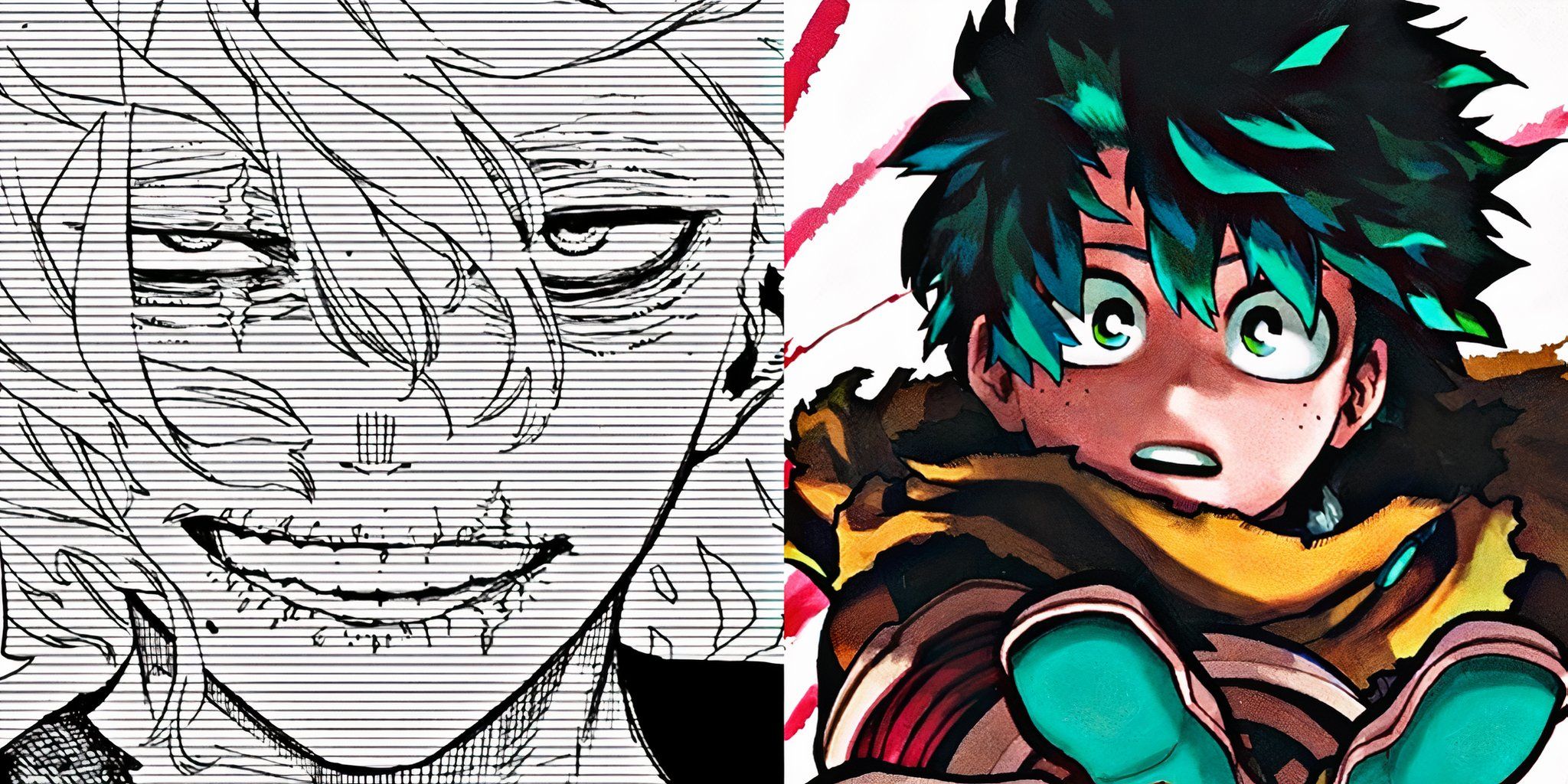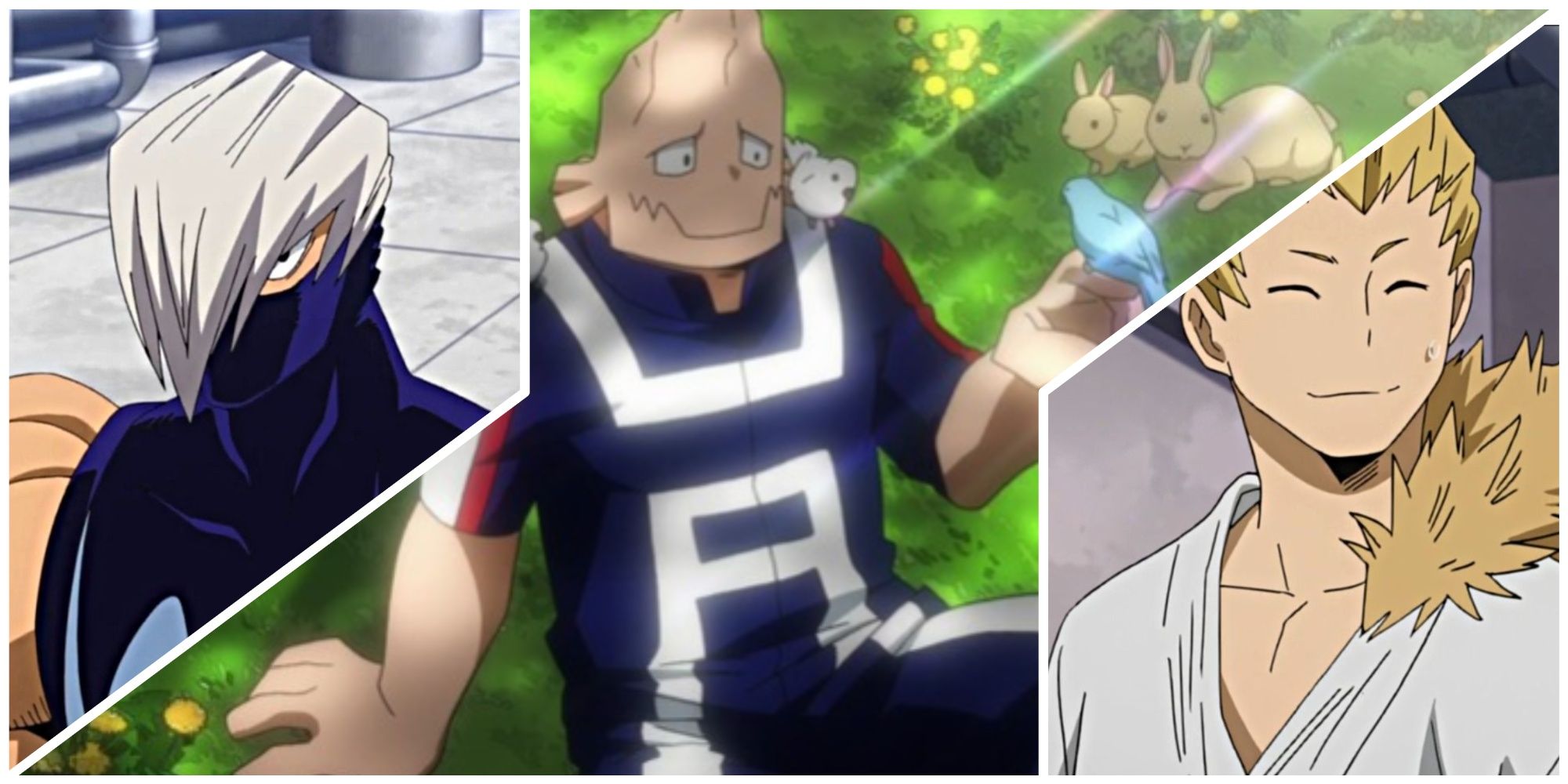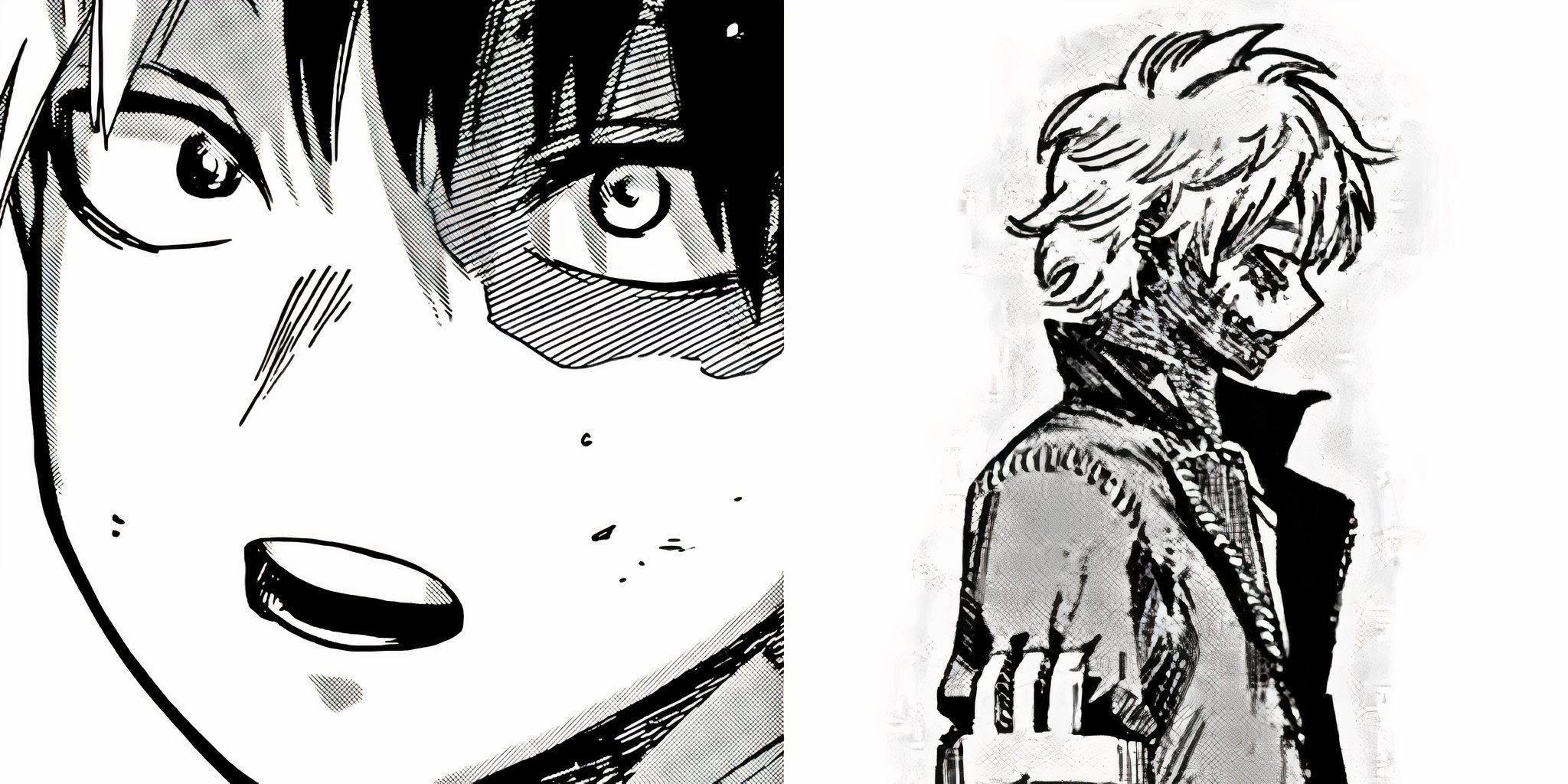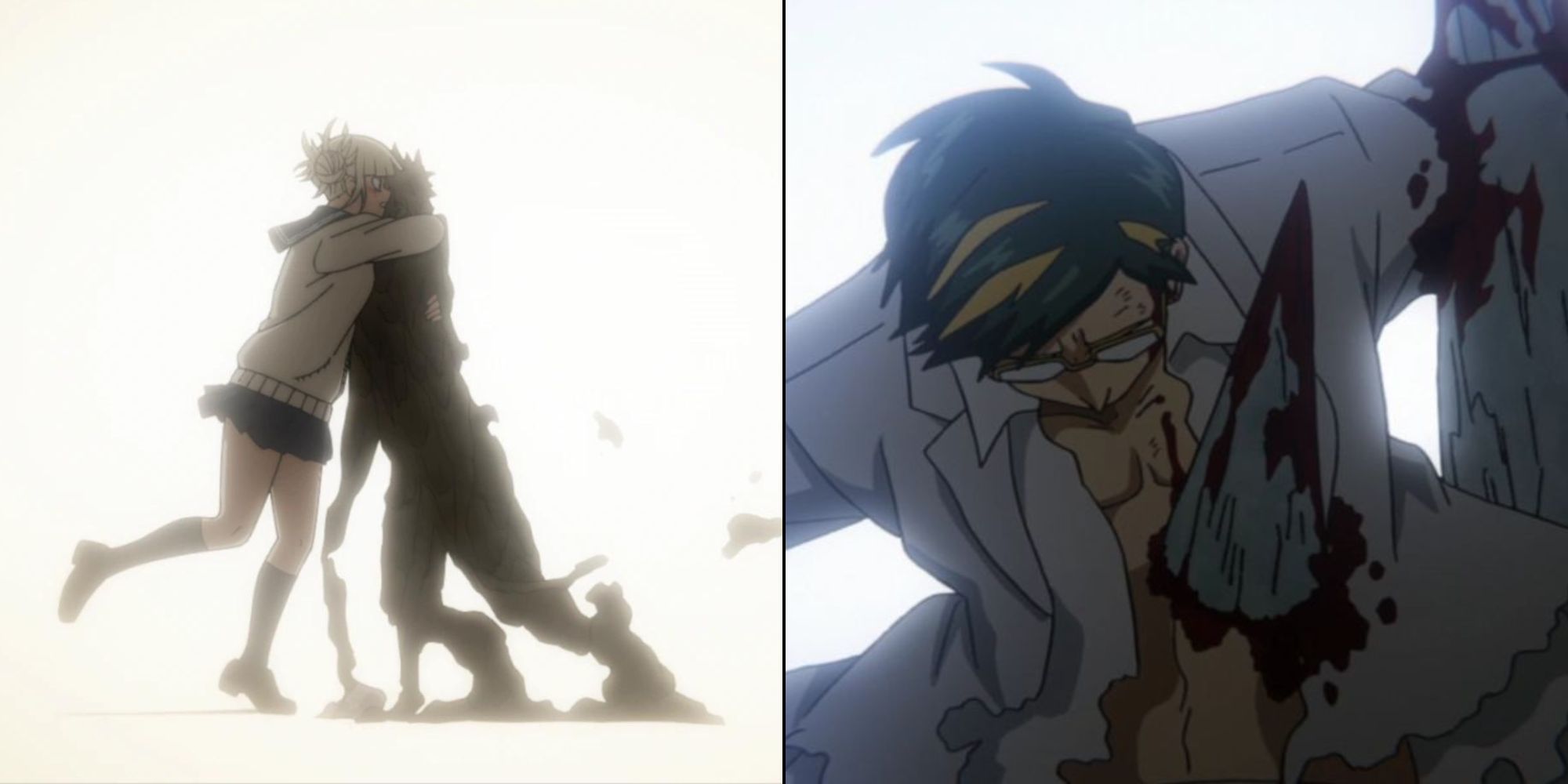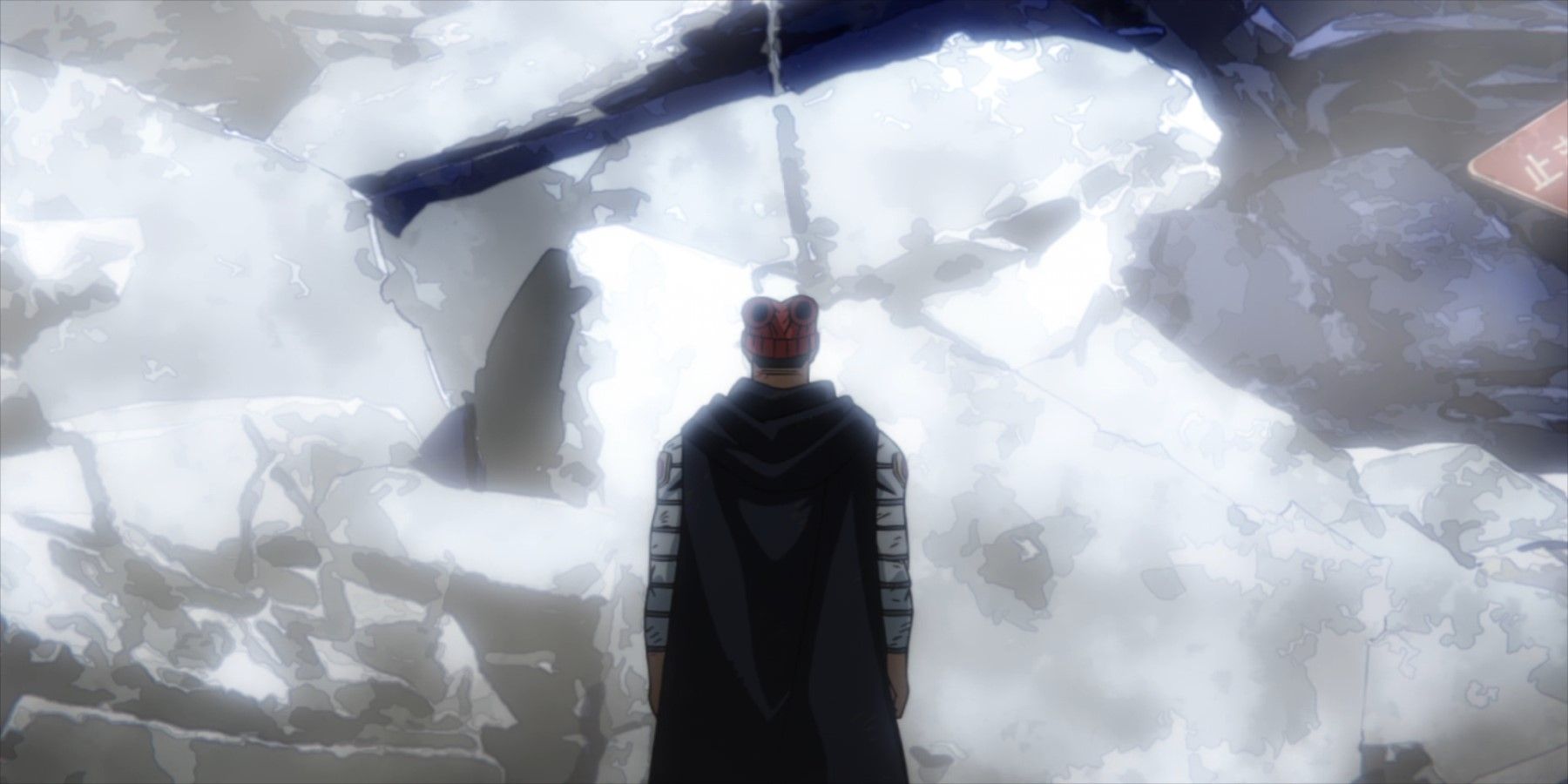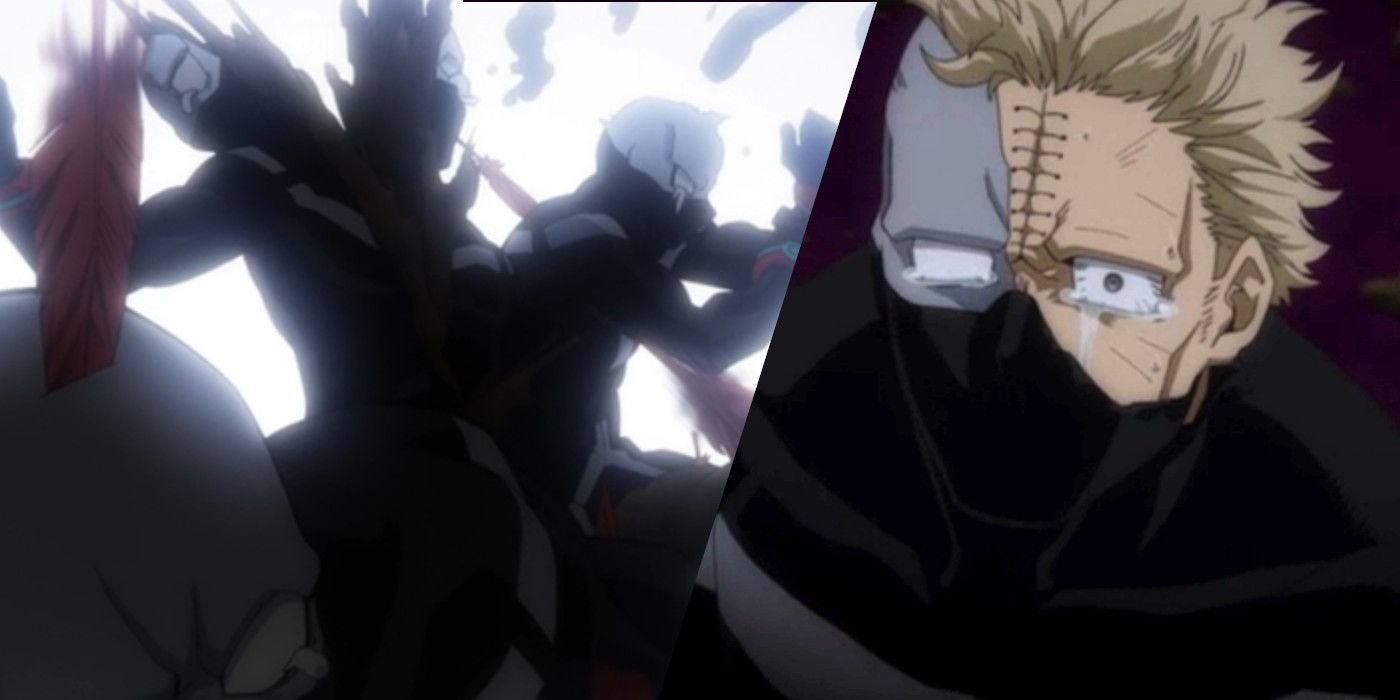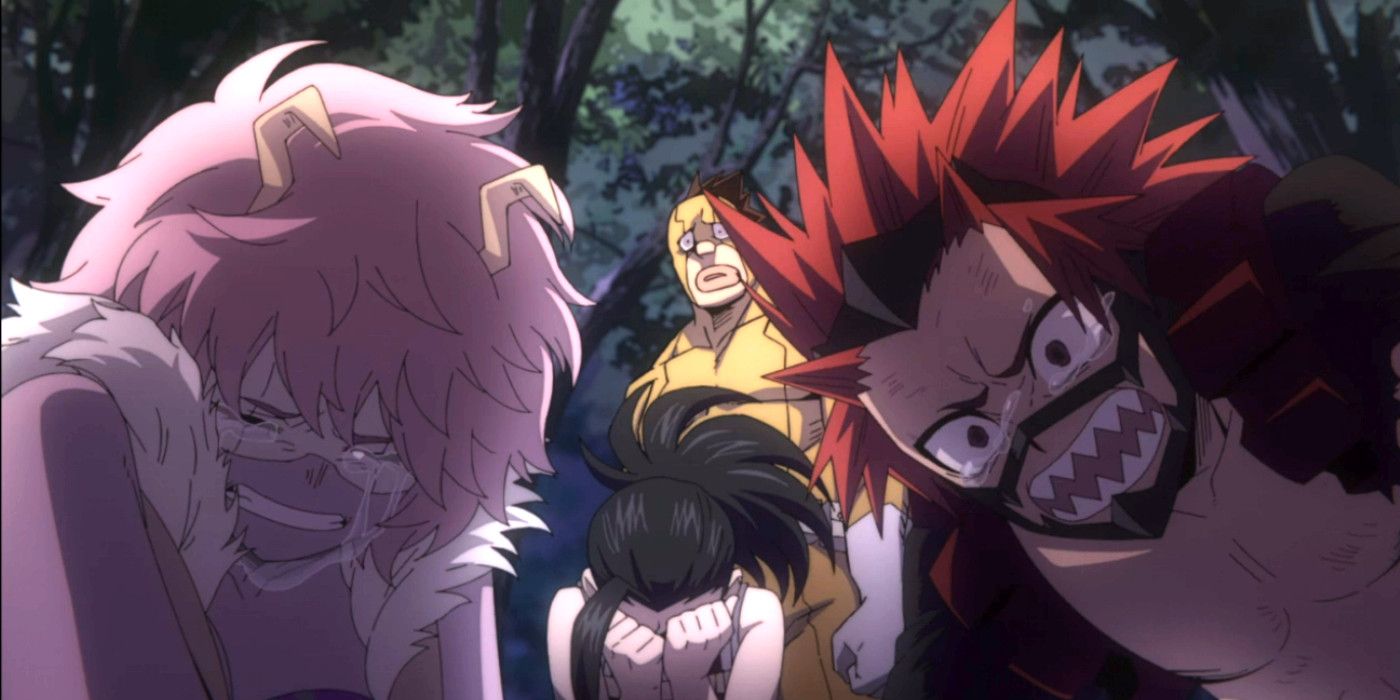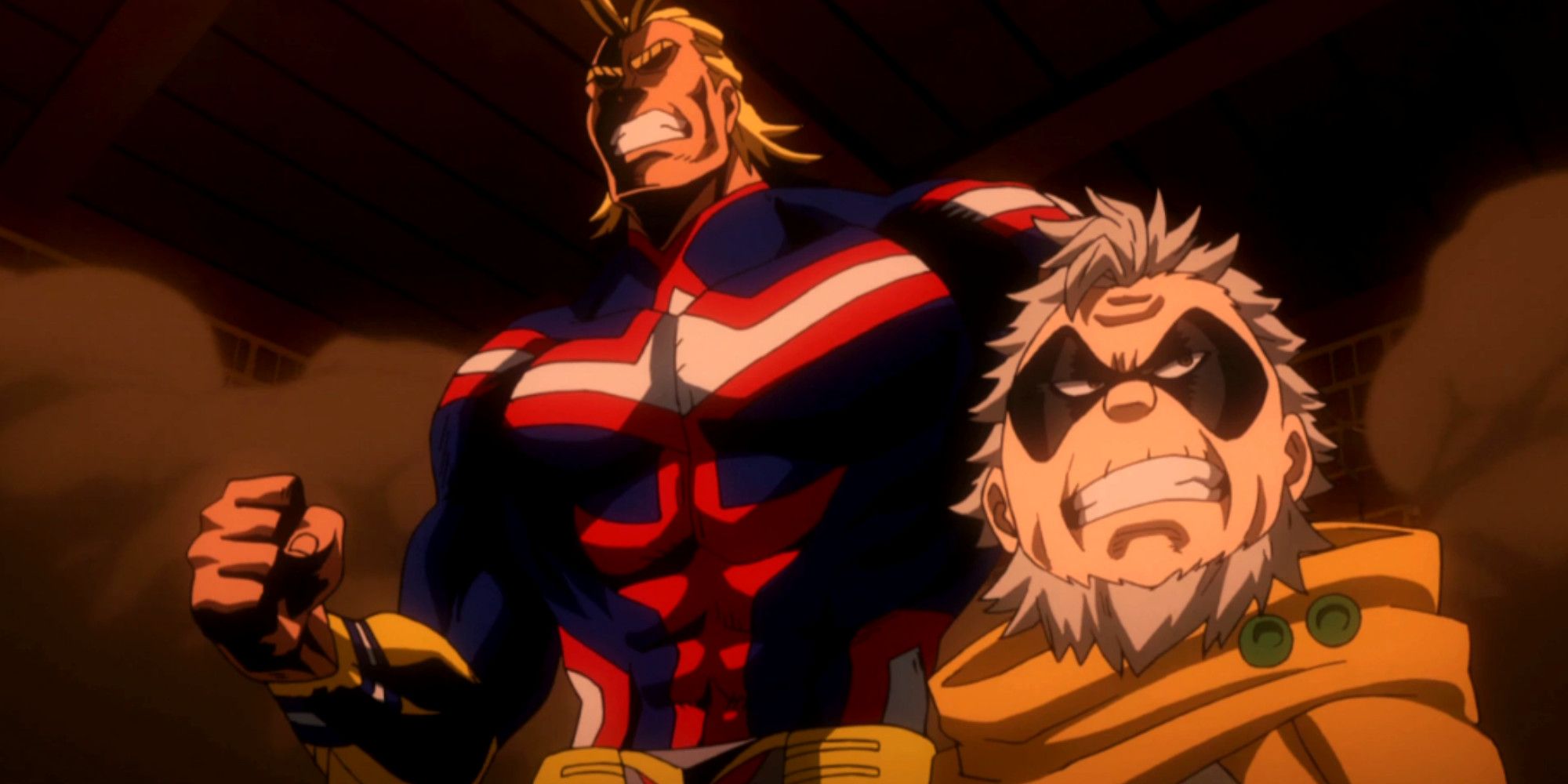Like many of its peers in Shonen Jump, while My Hero Academia starts off on a rather peaceful note, it soon escalates to life-or-death battles between its heroes and their foes. Every story has its own relationship with the concept of death. The proper use of death as a narrative device can do wonders for a story. Death is a heavy consequence, so the threat of it can help increase the stakes of a scenario, making the audience feel real tension. And if a character’s death is given the correct amount of narrative weight, it can become an infinitely memorable part of the grander narrative, just like Mufasa’s death in The Lion King.
Over My Hero Academia’s run, some have criticized the series for not making proper use of death, and thus weakening the tension of the story. So is this a valid criticism, or do My Hero Academia’s deaths actually do their job in making the whole story feel tenser?
The Frequency of Deaths
While character death can be a great tool for creating tension and consequences, overly frequent death can quickly stop the audience from becoming attached to characters, for fear that they won’t last. Anime like Akame Ga Kill miss this mark for some, with important characters dying regularly. MHA luckily doesn’t overdo it. Most conflicts end with both parties still alive and kicking, and death tends to be saved for the end of certain arcs, or for scenes of wanton destruction.
Civilian deaths, as usual, are much more common, but quite a few heroes and villains lose their lives as well. The deaths of named, relevant characters are the only ones that really matter to most fans, since those are the characters they will have some connection to. And as far as named characters go, the series has only killed off a few before the beginning of the final arc.
The sheer prevalence of quirks in MHA, however, creates a state of semi-death. The series contains several methods through which characters can and have lost their quirks. And since the stakes of MHA’s story don’t really allow for the presence of quirkless fighters, it has taken to treating the loss of a quirk akin to the loss of a life, even though there is a small chance that lost quirks could be restored.
The Weight of Villain Deaths
Magne was one of the founding members of The League of Villains, first appearing in the ‘forest training camp’ arc along with big villains like Dabi and Twice. She was killed only 2 arcs later, at the start of the ‘Overhaul’ arc when the arc’s titular villain blew her to smithereens. Magni was one of the more forgettable members of the League, so the shock of her death was more due to the fact that anyone had died at all. While she lacked the character development to create an impactful death, her loss at least helped motivate Himiko Toga and Twice to sabotage Overhaul, even though she isn’t really mentioned afterwards.
During the ‘paranormal liberation war’ arc though, the series did a much better job handling Twice’s death. He was a character fans had become quite familiar with, and his tragic background helped him be even more likable. It further helped that the previous arc had set The League as the protagonists, giving Twice his own hero moment to further align the audience to his worldview. Hawks killing him was then used by Dabi to further shake public faith in the heroes, giving his death even more story significance.
The Weight of Hero Deaths
The Overhaul arc also brought the first death of a known hero, with Sir Nighteye dying fighting Overhaul. While he was only around for one arc, his connection to Mirio and All Might helped ingratiate him to the audience faster, and his death really hurt Mirio, who had just lost his quirk as well. While he doesn’t get mentioned much anymore, Nighteye’s death did a good job of driving Mirio and Deku’s actions going forward, and is easily one of the better handled deaths in the series.
However, the liberation war arc somewhat dropped the ball. Of the many heroes who lost their lives in the conflict, only Midnight and Crust were really worth mentioning. A lot of relevant characters like Hawks and Mirko suffered severe injuries, and Eraser Head losing his quirk was a severe blow to the heroes, but only 2 major deaths feels low for such a massive conflict. Even with those 2, Midnight had received no proper character moments, and was unceremoniously killed off-screen. Crust meanwhile, had few scenes to speak of, even though his death was very respectable. Despite being one of Class A’s teachers and a close friend of Eraser Head’s, it’s even arguable that Midnight’s death doesn’t receive enough of an aftermath.
Death Dodgers
While the deaths that have happened are certainly hit or miss, it’s arguable that several good opportunities for meaningful deaths have been completely ignored. Many feel like All Might and All for One should have both died after their climactic battle, clearing the stage for Deku and Shigaraki to become the new number one hero and villain without their mentors holding them back.
Then, Gran Torino is a character who is already old, and despite taking what looked like a fatal blow from Shigaraki, somehow survived. Had the story chosen to end his story there, it would’ve not only given the consequences of the arc more weight, but allowed him to bow out in a narratively satisfying way, being killed by the result of his friend Nana Shimura’s mistakes, while watching Deku finally unlock her quirk. This would’ve also made the addition of Gran Torino’s cape to Deku’s hero costume even more significant. Instead, he was kept alive, with little still to offer the story.
All in All, the series has had some effective deaths, but overall it seems afraid to pull the trigger on what could be some more impactful ones. All while trying to fill the space with deaths that honestly don’t end up mattering at all.

